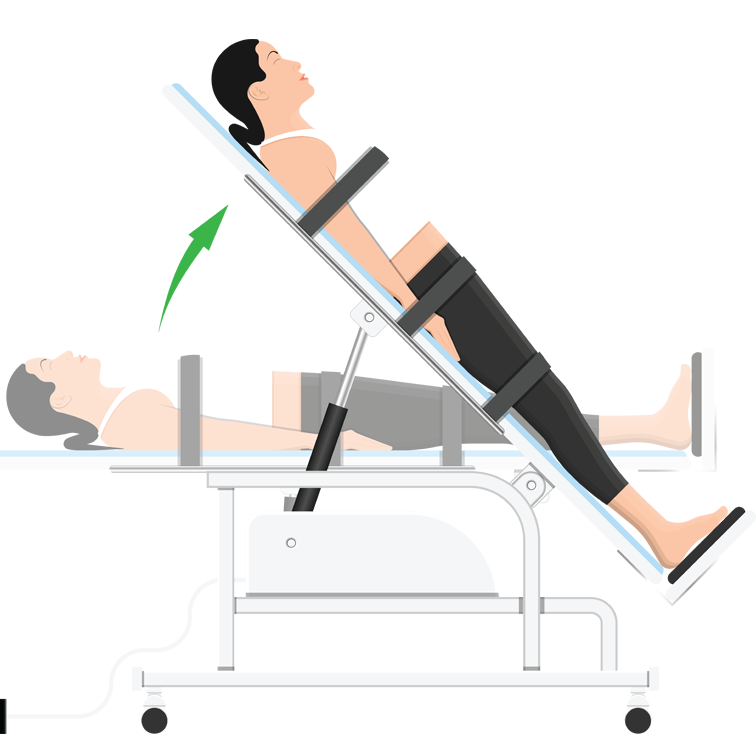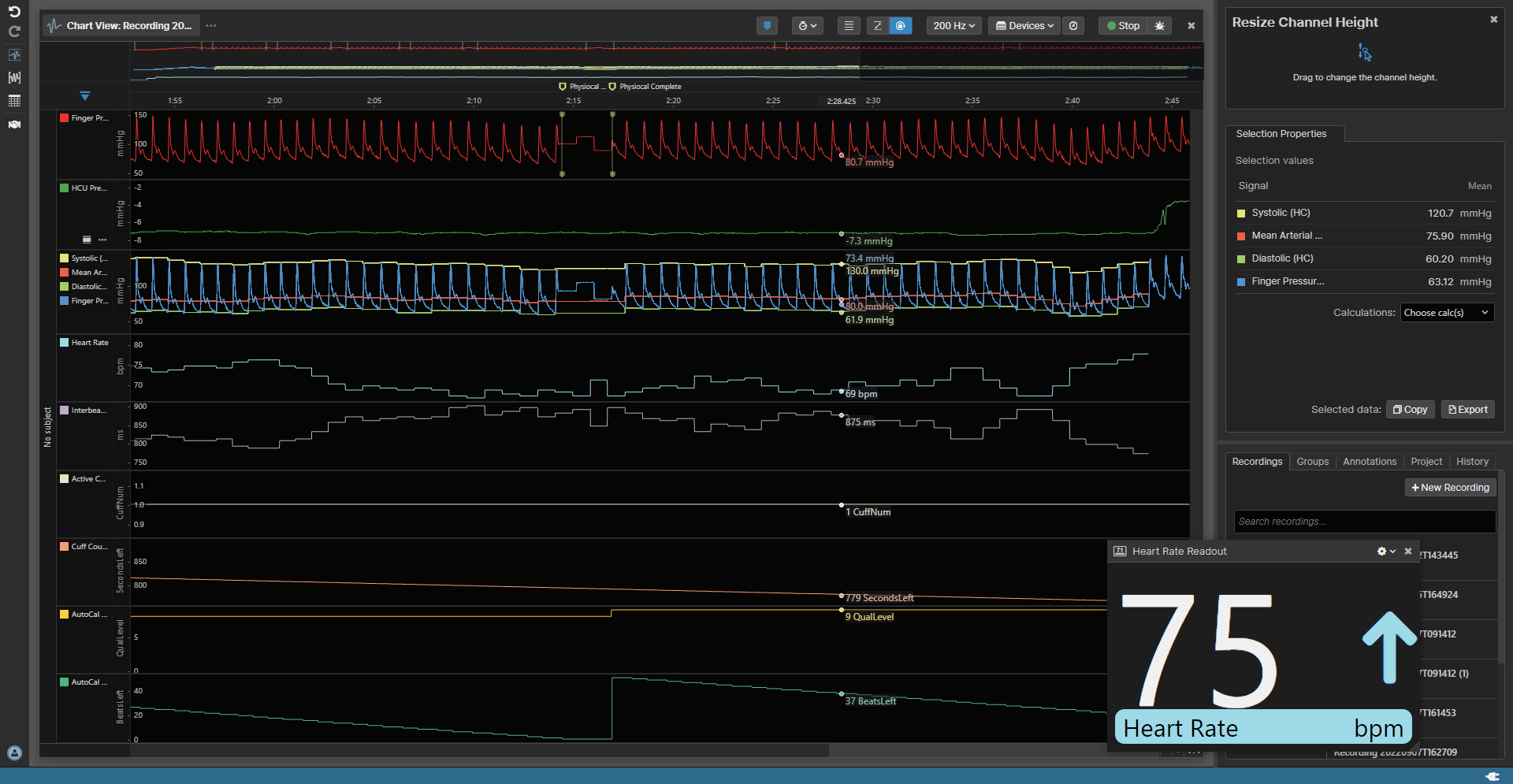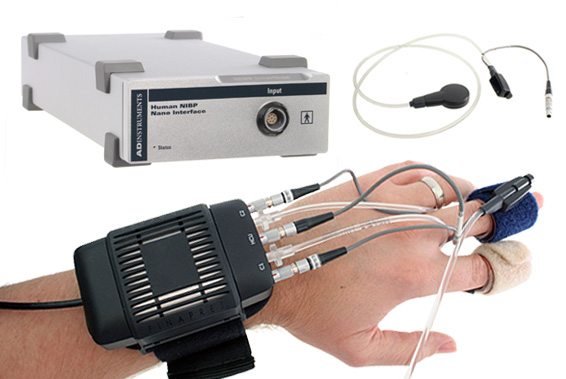As the COVID-19 pandemic continues, long COVID has become an increasingly prevalent issue. Similarities between some types of long COVID and POTS are shining a light on new avenues to investigate long COVID.
Long COVID - The ongoing battle
Long COVID is a term we've become accustomed to hearing, but despite its prevalence in our lives it's hard to pin down. So far, long COVID has been linked to over 200 symptoms from fatigue to brain fog to orthostatic intolerance. For some, it's a lingering inconvenience, while others have had their lives upended by it. There is no consistent pattern that long COVID follows in terms of symptoms, onset, or recovery; but clusters of symptoms are very familiar.

There are a number of known illnesses that are initially brought on by viral and bacterial infections, and for some people, long COVID looks remarkably similar to one or more of these illnesses. Postural Orthostatic Tachycardia Syndrome (POTS) is one such illness. Over the past two years, scientists and physicians have changed from describing some people with long COVID as having ‘POTS-like’ symptoms to agreeing that these are genuine cases of Post-COVID-19 POTS6,7.
What is POTS?
POTS is a form of dysautonomia where the autonomic nervous system (ANS) doesn’t function as it should. The ANS is responsible for regulating many non-voluntary bodily functions like our heart rate, blood pressure, and digestion. So when something goes amiss, it can have a significant impact on a person’s health and overall well-being.
Daniëlle Koopman (P.hD), a clinical research specialist from Finapres Medical Systems, explains that ‘POTS is an autonomic syndrome that has been reported to develop after Covid infection. It is not clear whether these patients would have developed POTS independent of covid (i.e in the absence of coronavirus SARS-CoV-2 infection), but studies show that there seems to be a link between the two.’
How is POTS diagnosed?
For diagnosing a patient with POTS, clinicians will often perform a
tilt table test. During the tilt table test, the patient is secured to a table while lying flat. The table is then raised to an almost vertical position to simulate the patient standing. Any changes in HR, blood pressure, and often blood oxygen levels (SpO2) can then be assessed and used to diagnose the patient.
Daniëlle explains, ‘They assess the patients on what symptoms they have, and how these symptoms affect their quality of life.Generally, they use continuous non-invasive blood pressure measurements combined with ECG so they can acutely assess any changes in heart rate and blood pressure upon (simulated) standing.’

‘In adult patients who have POTS, their heart rate will rise by 30 beats per minute (bpm) or more upon becoming upright.’ This excessive change in HR in the absence of orthostatic hypotension, combined with orthostatic intolerance (development or worsening of symptoms on becoming upright) are the primary characteristics used to diagnose a patient with POTS.3
Understanding Long-COVID POTS and potential treatment options
- Is Post-COVID-19 POTS a self-limiting disorder that will resolve over time?
- What is the underlying pathophysiology that leads to Post-COVID-19 POTS?
- What are the best treatment options for those suffering from the disorder?
Daniëlle works closely with researchers using Finapres's non-invasive hemodynamic monitoring
devices to test the efficacy of potential treatment options for people suffering from Post-COVID-19 POTS.
The Finapres NOVA offers Guided Autonomic Testing while capturing non-invasive continuous blood pressure measurements. The application is designed for ease of use; guiding clinicians and researchers through a set of standardized clinically relevant autonomic tests to ensure they end up with the most reliable information about their patient or volunteer’s autonomic functioning. This group of tests includes the Tilt Table test, the most common test for the diagnosis of POTS, along with a battery of related tests that could reveal variations in the presentations of POTS and Post-COVID-19 POTS.
Daniëlle explains, ‘Because the symptoms are quite diverse and non-specific, and not all patients experience all symptoms, there isn't one clear treatment. Therefore different approaches are being tested as potential treatment options for different patients.’
For example, one research group is looking at the effect of using compression garments as a non-pharmacological approach to treat POTS.5 Daniëlle says, ‘The compression garments help patients to maintain their BP and HR at constant rates - both of which are normally affected by POTS. It appears for some patients the garments work really well, and the more compression, the better. However, some patients experience no difference.’
While there's still a long road ahead for those recovering from Long COVID symptoms, it has brought awareness to the impact that autonomic disorders like POTS can have on people's lives and the continued research required in the field. Danielle says that ‘By continuing to do more research on diseases like POTS, it is expected that the general knowledge and understanding around human autonomic disorders will increase so that more patients experiencing autonomic dysfunction can benefit.’
For more information about POTS and non-pharmacological approaches to treatment, check out this
Inside Scientific webinar presented by Professor Satish Raj and PhD candidate Kate Bourne who are leading researchers in the dysautonomia field.
Transform your autonomic research with the Human NIBP Nano System
When studying autonomic disorders like POTS, accurate blood pressure monitoring is an important measure for many scientists. Why? Changes in blood pressure can give vital information about cardiovascular health, as well as the power to calculate a wide array of additional hemodynamic parameters like:
- Stroke Volume
- Cardiac Output
- Total Peripheral Resistance
- Heart-Rate Variability
- Baroreflex Sensitivity
Finapres Medical Systems (FMS) produce one of the leading technologies for non-invasive blood pressure (NIBP) measurement in clinical and research settings. Our Human NIBP Nano System combines FMS's trusted technology with our data analysis software, to give you high resolution, beat-to-beat detection of the blood pressure waveform over the course of your experiment.
Learn more about the Human NIBP Nano System »
The Human NIBP Nano System now connects with LabChart Lightning!
We are excited to announce that the Human NIBP Nano System now integrates with LabChart Lightning, the latest iteration of our data analysis software LabChart, redesigned for greater flexibility and ease of use for physiology research.
In LabChart Lightning, you have the ability to overlay channels, giving you greater visibility over your data. For example, you can overlay your raw blood pressure trace with the diastolic and systolic pressures, allowing you to easily see any changes or trends in BP as your experiment unfolds. What's more, in LabChart Lightning you can easily create custom channel calculations using a simple drag and drop interface. Easily create calculations to display derived BP signals such as non-invasive cardiac output (NICO) estimates in real-time.

Additional Resources:
Overview of the Human NIBP Monitoring System »
Data Collection & Analysis in Human Autonomic Research - How to Guide Successful Testing »
References:
1. Kanjwal, K., et al. New-onset postural orthostatic tachycardia syndrome following coronavirus disease 2019 infection. J Innov Card Rhythm Manag. 11, 4302–4304 (2020)
2. Miglis, M.G., et al. A case report of postural tachycardia syndrome after COVID-19. Clinical autonomic research : official journal of the Clinical Autonomic Research Society, 30, 449-451 (2020)
3. Raj, S.R., et al. Postural Tachycardia Syndrome (POTS) Diagnosis and Treatment: Basics and New Developments. J Am Coll Cardiol. (2013)
4. Raj, S.R., et al. Long-COVID postural tachycardia syndrome: an American Autonomic Society statement. Clinical autonomic research : official journal of the Clinical Autonomic Research Society, 1–4 (2021)
5. Bourne, K.M., et al. Compression Garment Reduces Orthostatic Tachycardia and Symptoms in Patients With Postural Orthostatic Tachycardia Syndrome. J Am Coll Cardiol, 77, 285-296 (2021)
6. Blitshteyn, Svetlana, and Sera Whitelaw. “Postural Orthostatic Tachycardia Syndrome (POTS) and Other Autonomic Disorders after COVID-19 Infection: A Case Series of 20 Patients.” Immunologic Research, vol. 69, no. 2, 2021, pp. 205–11.
7. Johansson, Madeleine, et al. “Long-Haul Post–COVID-19 Symptoms Presenting as a Variant of Postural Orthostatic Tachycardia Syndrome.” JACC: Case Reports, vol. 3, no. 4, 2021, pp. 573–80.


